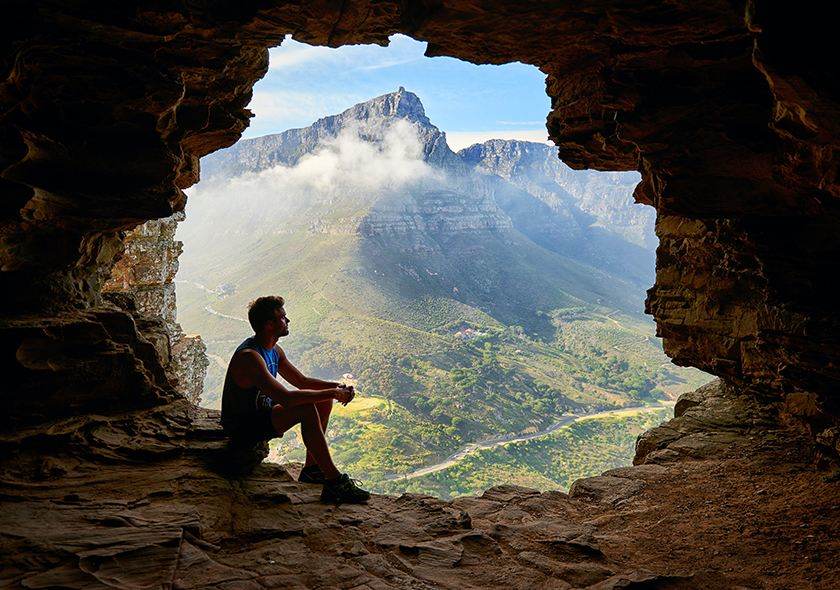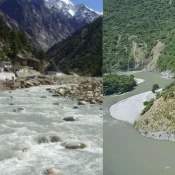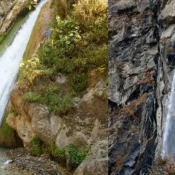National Parks In Uttarakhand – Exploring the Wild and Wonderful
Nestled within the majestic Himalayas, Uttarakhand boasts an impressive array of national parks, each offering a unique tapestry of natural wonders waiting to be explored. From the legendary Jim Corbett National Park, where elusive Bengal tigers roam amidst lush forests, to the ethereal Valley of Flowers, adorned with a kaleidoscope of blooms, visitors are treated to a paradise for nature enthusiasts. Time your visit to coincide with the mild summers and colorful monsoons, perfect for trekking amidst breathtaking landscapes. Whether it’s spotting rare wildlife, embarking on thrilling treks, or simply immersing in serene surroundings, Uttarakhand’s national parks promise unforgettable adventures.
Jim Corbett National Park
Established in 1936, Jim Corbett National Park is renowned for its population of Bengal tigers. Visitors can embark on thrilling safaris through its verdant forests, hoping for a glimpse of these majestic creatures in their natural habitat.
- Make safari reservations in advance to secure your spot, especially during peak seasons.
- Wear neutral-colored clothing and avoid making loud noises to increase your chances of spotting wildlife.
- Follow the instructions of your guide and stay inside designated safari vehicles for safety.
- Carry binoculars and a camera with a zoom lens for wildlife viewing and photography.
Valley of Flowers
During the monsoon season, the Valley of Flowers bursts into a riot of colors, with an astonishing variety of alpine flowers carpeting its meadows. Trekking through this UNESCO World Heritage Site is a sensory delight, offering breathtaking vistas at every turn.
- Check the opening dates of the Valley of Flowers, as it’s usually accessible only during certain months of the year.
- Pack sturdy hiking shoes, rain gear, and insect repellent for trekking through the valley.
- Stay on designated trails to avoid trampling delicate flora and disturbing wildlife.
- Bring plenty of water, snacks, and sunscreen, as facilities may be limited in the area.
Nanda Devi National Park
Surrounding the imposing Nanda Devi peak, this national park is a testament to the grandeur of the Himalayas. Trekkers flock here to traverse its rugged terrain, encountering rare flora and fauna along the way.
- Obtain necessary permits and permissions for trekking in Nanda Devi National Park, as certain areas may be restricted.
- Acclimatize properly to the high altitude before attempting any treks in the region.
- Pack warm clothing, as temperatures can drop significantly at higher elevations.
- Hire a knowledgeable guide or join a trekking group for safety and navigation in remote areas.
Rajaji National Park
Named after the illustrious freedom fighter C. Rajagopalachari, Rajaji National Park is a haven for wildlife enthusiasts. Elephants, tigers, leopards, and deer roam freely amidst its diverse landscapes of forests and grasslands.
- Choose the type of safari experience you prefer, whether it’s jeep safaris, elephant safaris, or walking safaris.
- Respect the park’s rules and regulations, such as maintaining a safe distance from wildlife and refraining from littering.
- Bring a pair of binoculars and a camera to capture sightings of the park’s diverse wildlife.
- Consider staying in eco-friendly accommodations near the park to minimize your environmental impact.
Gangotri National Park
Encompassing the Gangotri Glacier, the source of the Ganges River, Gangotri National Park is a high-altitude paradise. Here, elusive snow leopards prowl the rugged slopes, while Himalayan blue sheep graze in the alpine meadows.
- Plan your visit during the summer months when the park is accessible and weather conditions are favorable.
- Pack warm clothing, sturdy hiking boots, and essential gear for high-altitude trekking.
- Hire an experienced guide familiar with the park’s terrain and wildlife habits.
- Respect the fragile ecosystem of the park by minimizing waste and staying on designated trails.
Best Time to Visit Uttarakhand’s National Parks
The best time to visit Uttarakhand’s national parks is typically during the mild summers and vibrant monsoon season, from May to September. However, each park has its own unique charm and ideal visiting period, so it’s essential to plan accordingly.
- Consider visiting during the shoulder seasons of spring and autumn for milder weather and fewer crowds.
- Check for any seasonal closures or restrictions in the national parks you plan to visit.
- Be prepared for sudden weather changes, especially in mountainous regions, by packing layers and waterproof gear.
- Book accommodations and transportation well in advance, especially if visiting during peak tourist seasons.
Exploring Uttarakhand’s National Parks
Trekking is a popular activity in Uttarakhand’s national parks, offering adventurers the chance to immerse themselves in the region’s stunning landscapes. From leisurely strolls to challenging multi-day hikes, there’s a trail for every level of experience.
- Choose trekking routes suitable for your fitness level and experience, considering factors like altitude and terrain.
- Pack essential trekking gear, including sturdy boots, a backpack, water, snacks, a first-aid kit, and a map or GPS device.
- Acclimatize properly to high altitudes before beginning your trek to avoid altitude sickness.
- Inform someone of your trekking plans and expected return time, especially if embarking on a multi-day trek
Wildlife Spotting in Uttarakhand
Uttarakhand’s national parks are teeming with diverse wildlife, providing ample opportunities for wildlife spotting and photography. Whether it’s tracking tigers in Jim Corbett or birdwatching in Rajaji, each park offers a unique wildlife experience.
- Respect the animals’ space and avoid making sudden movements or loud noises that could disturb them.
- Use binoculars and telephoto lenses to observe wildlife from a safe distance without causing them stress.
- Follow park rules regarding wildlife viewing, including staying inside designated viewing areas and maintaining a safe distance.
- Be patient and observant, as wildlife sightings can be unpredictable and may require spending time in quiet observation.
Things to Do in Uttarakhand’s National Parks
Aside from trekking and wildlife spotting, there are plenty of other activities to enjoy in Uttarakhand’s national parks. From camping under the stars to birdwatching, nature walks, and exploring local culture, the possibilities are endless.
- Participate in guided nature walks or birdwatching tours led by knowledgeable naturalists.
- Take part in cultural experiences offered by local communities near the national parks, such as traditional music and dance performances.
- Visit nearby attractions and landmarks, such as temples, monasteries, and historical sites, to enrich your understanding of the region’s culture and heritage.
- Support local conservation efforts by purchasing handicrafts or products made by local artisans and communities.
Exploring Uttarakhand’s national parks offers an unforgettable journey into the heart of nature’s splendor. By following these guidelines, visitors can maximize their enjoyment while respecting the delicate balance of the ecosystems. From thrilling wildlife encounters to serene treks amidst breathtaking landscapes, each park promises a wealth of experiences waiting to be discovered. Whether it’s the roar of a tiger in Jim Corbett or the ethereal beauty of Valley of Flowers, Uttarakhand’s national parks beckon adventurers to immerse themselves in the wonders of the natural world.
Recent Posts
Rivers In Uttarakhand: Holy Rivers of India’s Spiritual Land
Waterfall In Uttarakhand – A Guide to Uttarakhand’s Diverse Waterfalls





